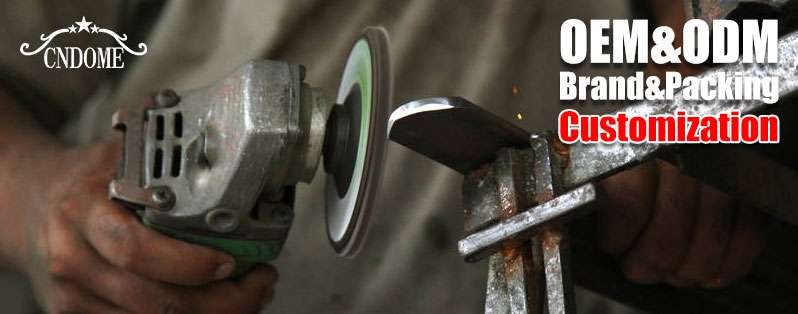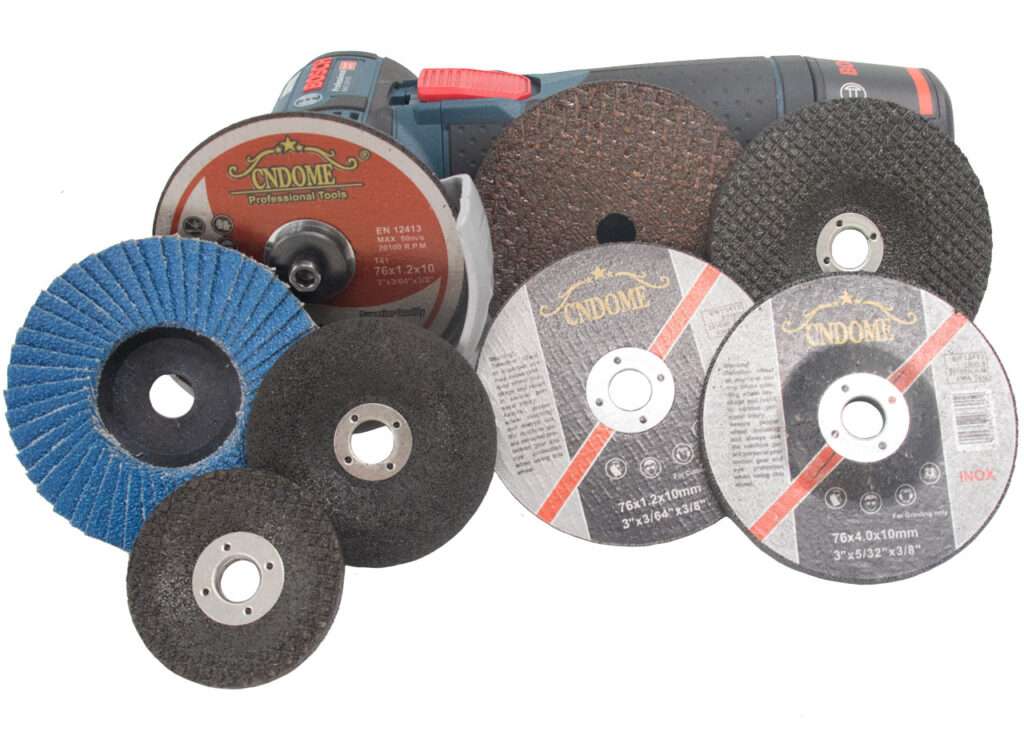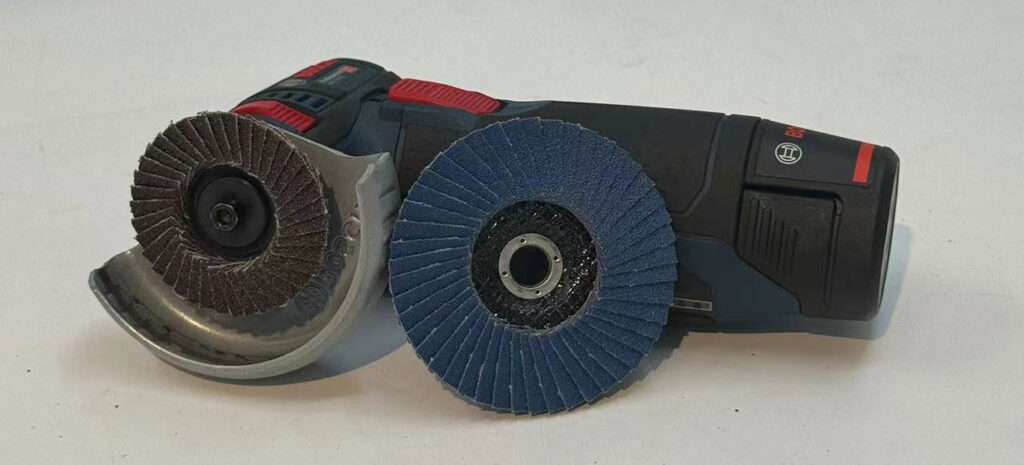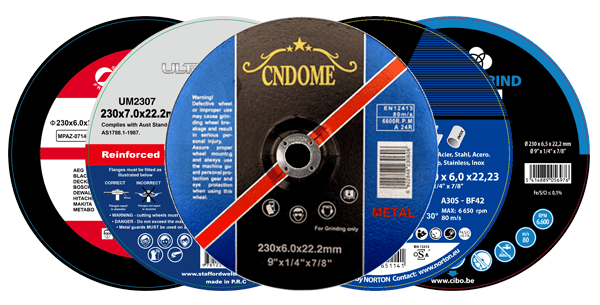When it comes to metalworking, choosing the right tool for the job is crucial. Among the many options available, flap discs and grinding discs are two of the most commonly used abrasive tools. While they may seem similar at first glance, they serve distinct purposes and offer unique advantages. In this guide, we’ll explore the differences between flap discs and grinding discs, helping you make an informed decision for your next project.
Understanding Flap Discs
Construction and Design:
Flap discs are made by overlapping abrasive flaps, which are adhered to a backing plate. The flaps are typically made of materials like aluminum oxide, zirconia alumina, or ceramic, which are designed to wear away gradually, exposing fresh abrasive surfaces.
Applications:
Flap discs are versatile and can be used for various tasks, including:
- Surface blending and finishing: They provide a smoother finish compared to grinding discs, making them ideal for blending welds and preparing surfaces for painting or coating.
- Deburring: Their flexible nature allows for effective removal of burrs without damaging the workpiece.
- Light grinding: While not as aggressive as grinding discs, flap discs can still remove material effectively, especially when a finer finish is required.
Advantages:
- Smooth finish: The gradual wear of the flaps ensures a consistent and smooth surface.
- Versatility: Suitable for both grinding and finishing tasks.
- User-friendly: Easier to control and less likely to gouge the workpiece compared to grinding discs.
Understanding Grinding Discs
Construction and Design:
Grinding discs, also known as grinding wheels, are made of abrasive grains bonded together with various resins or metals. These discs are rigid and come in various thicknesses and diameters, designed to handle different levels of material removal.
Applications:
Grinding discs are primarily used for:
- Heavy material removal: Ideal for removing large amounts of material quickly, such as in heavy-duty grinding tasks.
- Weld removal: Effective for grinding down welds to create a smooth, even surface.
- Edge beveling and shaping: Suitable for shaping and beveling edges of metal workpieces.
Advantages:
- Aggressive cutting: Can remove a lot of material in a short amount of time.
- Durability: Typically last longer under heavy use compared to flap discs.
- Cost-effective: Generally lower initial cost compared to flap discs, especially for high-volume material removal.
Key Differences
Material Removal vs. Finish:
- Flap Disc: Offers a balance between material removal and surface finishing. Ideal for applications where a smooth finish is required after grinding.
- Grinding Disc: Primarily focused on material removal, making it the go-to choice for heavy grinding tasks.
Flexibility:
- Flap Disc: More flexible, allowing it to conform to the shape of the workpiece and prevent gouging.
- Grinding Disc: Rigid, providing a more controlled and aggressive grinding action.
Heat Generation:
- Flap Disc: Tends to generate less heat, reducing the risk of discoloration or warping of the workpiece.
- Grinding Disc: Can generate more heat, which may require careful handling to avoid damaging the material.
Choosing the Right Disc
When deciding between a flap disc and a grinding disc, consider the following factors:
- Task Requirements: Determine whether your primary need is heavy material removal or achieving a smooth finish.
- Material Type: Consider the type of material you are working with and how it responds to heat and abrasion.
- Surface Condition: Evaluate the current condition of the surface and the desired outcome.
- Tool Compatibility: Ensure the disc is compatible with your angle grinder or other power tools.
Conclusion
Both flap discs and grinding discs are essential tools in metalworking, each serving distinct purposes. Flap discs are excellent for tasks requiring a fine finish and versatility, while grinding discs excel in heavy material removal and durability. By understanding their differences and applications, you can choose the right disc to achieve optimal results in your projects. Whether you’re a professional metalworker or a DIY enthusiast, having the right abrasive tool can make all the difference in the quality and efficiency of your work.




